Understanding the weather at sea: the most important thing? Two people talking to each other
The fundamental principles, what I like to call the rules of the weather alphabet and weather navigation, are always the same. Tools and techniques have evolved
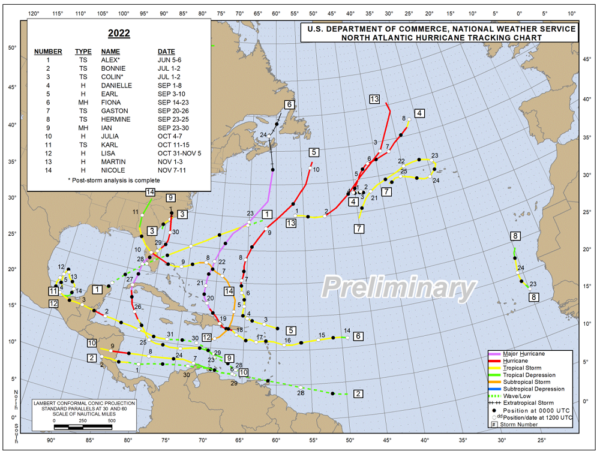
Understanding the weather at sea: the most important thing? Two people talking to each other
The fundamental principles, what I like to call the rules of the weather alphabet and weather navigation, are always the same. Tools and techniques have evolved
When I decided to immerse myself in the fascinating universe of marine meteorology and oceanography, I did it in order to have a clearer and more practical knowledge and view of the subject of meteorological navigation. It was the end of the 80s and in those years I was sailing, and we didn’t have a mobile phone on board, a GPS, much less internet. All weather information traveled almost exclusively via radio.
The weather charts disseminated by some large meteorological centers were received via the “radio facsimile” (many of these are now uploaded on the web). The Synop and Metar observed data, made up of numerical codes indicating the various parameters such as cloud cover, wind , gusts, temperatures, pressure, etc., were “plotted” by hand on maps in order to monitor the evolution of the weather and draw the fronts.
The vessels, also via radio, transmitted the “ship observations” or the weather data observed on board and conveyed in the WMO (World Meteorological Organization) network. This also happens today, even if the observations of the maritime stations are always few and for this reason even more precious. I invite you to watch the interesting video “WMO and the Ocean“.
Progress in the field of meteorology has been extraordinary since then, the universe has changed. Yet, leafing through the old meteorology books from the now yellowed pages of my library, I realize how solid and still valid those rules are for understanding the weather at sea. The fundamental principles, what I like to call the rules of the weather alphabet and weather navigation, are always the same. Tools and techniques have evolved.
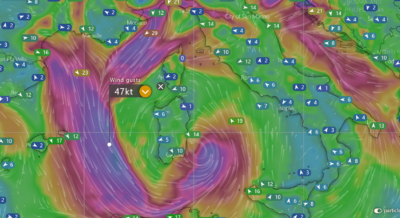
Technologies have made extraordinary progress. Think of the fantastic satellite images now accessible via the internet. The radars, the buoy wave measurement network, the meteorological stations, the extraordinary capacity of modern computers, environmental modeling – these are essential. The communication and geolocalization systems via AIS and via Satellite are of common use. Take a look at Marinetraffic for example or at one of the modern fleet monitoring systems. Thousands of units travel across the sea and the oceans. What an amazing opportunity we have today to keep in touch with the Master and Officers of a ship, yacht, boat, or tug.
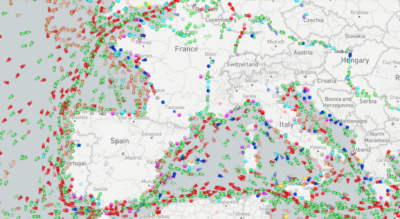
During one of my Atlantic sailing crossings from those years past, I spent 17 days offshore before being able, once landed in Pointe-à-Pitre, to telephone home from a cabin, with my pockets full of telephone tokens which the coin mechanism avidly devoured, in order to say in a minute “Everything is fine, we’ve arrived”. What an amazing thing is to be able to stay in touch with the people who are close to us, even if we are at sea or in the middle of an ocean. What an extraordinary contribution to marine safety, modern systems developed by meteorological centers allow us. Think of the tracking of a hurricane that we can constantly follow through the NOAA website.
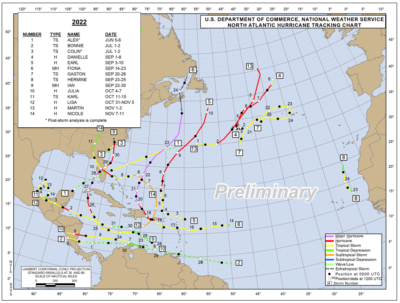
Obviously much remains to be understood, to learn, to know. It is a long and exciting journey because the universe of marine meteorology, oceanography, and telecommunications is vast and varied. They are the carriers of this precious information represented by weather data. These are the rules that govern the sometimes turbulent and chaotic flow of fluids. All this is not enough.
Today we are following with interest the development of artificial intelligence (AI) that has extraordinary potential to precisely predict the weather. This is also a theme that must be followed closely, which can lead to other innovations. Science evolves and adapts, just as the internet or WhatsApp have conquered everyone, even the most dubious and skeptical at the beginning.
As I write these lines, I’m receiving on-board observations from a Master of a prestigious passenger ship who observes 5-metre waves height and gale force winds on the Balearic-Palermo route. The pace is downwind and the improvement is far on the horizon. The buoys confirm the model data as well as the conditions foreseen for the maneuver at the ETA (expected time of arrival). What heritage is each observation of a Captain or someone from on board? And how important is it to know that the real situation in that port is not exactly as that model or that bulletin had indicated.
Here, if artificial intelligence helps us not to waste the wealth of experience of sailors, over time we will have a clearer horizon over the sea and navigation will be even safer. And once again, in that particular situation, in a moment of criticality or even of concern, how precious and reassuring it will be to be able to confront someone about a decision to make.
I was in France at the MétéoMer Centre, it was 1989, when Pierre Lasnier said to me this sentence that has guided the course of my professional experience like a compass. Pierre, engineer and meteorologist, expert router and innovator told me: “Gianfranco, remember, two people talking to each other is the most modern thing“.
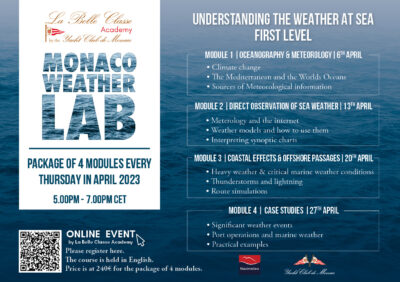
Monaco Weather Lab, La Belle Classe Academy – Yacht Club Monaco
Gianfranco Meggiorin



